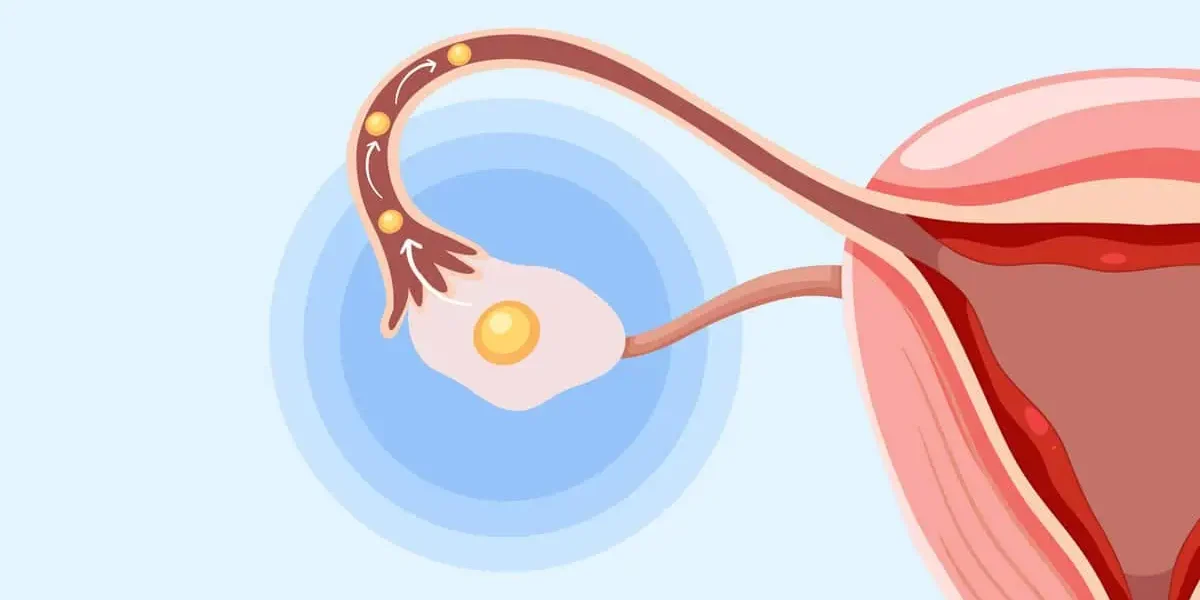For many women, trying to understand their cycle can feel confusing, especially when it comes to ovulation. Yet, ovulation is one of the most important things a woman should know about her body, whether you’re trying to get pregnant, avoid pregnancy or simply want to feel more in tune with your health.
In this article, we’ll break down what ovulation is, when it happens, how to calculate it and the signs your body gives you each month.
What Is Ovulation?
Ovulation is the release of a mature egg from your ovary. Once released, the egg travels down the fallopian tube and waits to be fertilized by sperm.
- This usually happens once a month.
- The egg can survive for about 12–24 hours after release.
- If sperm is present, fertilization can occur.
- If not, the egg dissolves and your period follows about two weeks later.
When Does Ovulation Happen?
In a typical 28-day menstrual cycle, ovulation happens around day 14 (counting from the first day of your period). But not all women have 28-day cycles,
some have shorter (21 days) or longer (35 days) cycles.
General rule:
- Ovulation happens about 12–16 days before your next period starts.
How to Calculate Ovulation
Here are three simple ways:
1. Calendar Method
- Track your cycle length for at least 3 months.
- Subtract 14 days from your cycle length to estimate ovulation.
- Example: If your cycle is 30 days → 30 – 14 = day 16 (likely ovulation).
2. Body Signs
Your body often tells you when you’re ovulating:
- Cervical mucus becomes clear, slippery, and stretchy (like raw egg white).
- Basal body temperature slightly rises after ovulation.
- Mild cramps or twinges on one side of your lower belly.
- Increased libido and heightened sense of smell.
3. Safe time (Ovulation Predictor Strips)
- These test strip (like pregnancy tests) detects the LH surge that happens 24–36 hours before ovulation.
- They are very accurate and useful if you’re trying to conceive.
The Fertile Window
Sperm can survive in the female reproductive tract for up to 5 days. This means your “fertile window” is about:
- 5 days before ovulation + the day of ovulation itself.
- So, in a 28-day cycle, your fertile window is usually days 10–15.
Why Understanding Ovulation Matters
- Increases chances of pregnancy when timed correctly.
- Helps avoid pregnancy naturally (fertility awareness).
- Allows you to notice irregular patterns that could signal hormonal imbalances.
- Makes you more connected to your body and reproductive healthy
Key Takeaways
- Ovulation = egg release, happens once per cycle.
- Average timing = 12–16 days before your next period.
- Track using a calendar, body signs or Safe time test strip.
- Your fertile window = 6 days each cycle.
Final Note: Every woman’s body is different. If your cycles are irregular, tracking ovulation may take a bit longer, and consulting a healthcare professional is always recommended.






